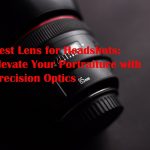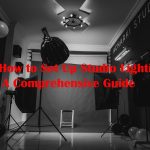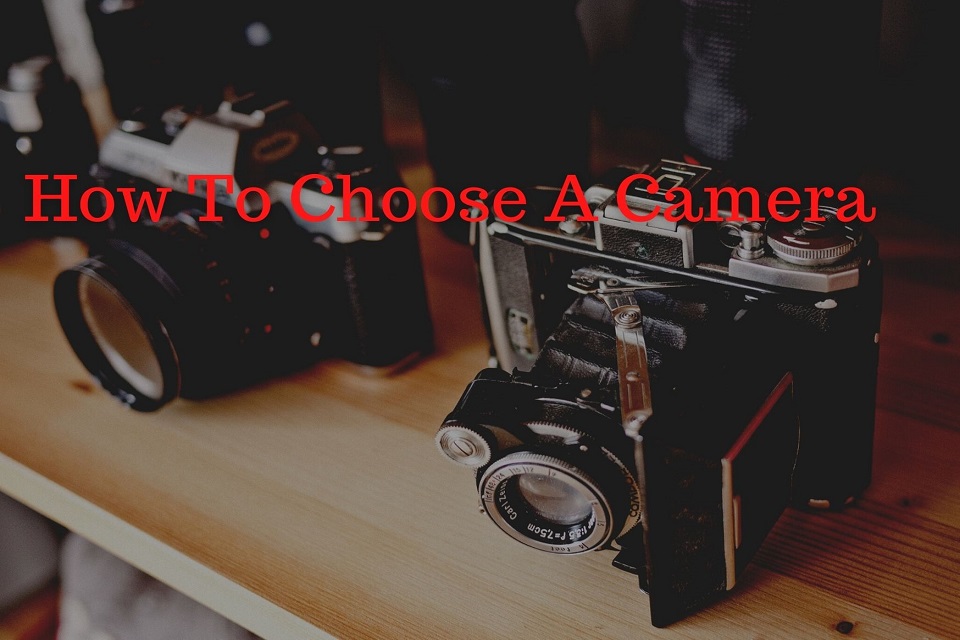
How to Choose a Camera
If you are considering buying a camera for the first time ever, you have correctly chosen the right place. This is going to be the ins and outs guidelines regarding cameras. This is a perfect guide on how to choose a camera.
Choosing a camera from so many models with countless features is not everybody’s cup of tea. That’s why an exciting journey like choosing a camera somehow becomes frustrating in most cases. But no worries. Let’s go through the details below. Hopefully, you will gain some exclusive knowledge about the recent camera features and benefits.
We would like you to choose the perfect camera for you all by yourself at the end of this discussion.
Types of Camera
There are numerous types of cameras available in the market. Among them, the following types are the most prominent ones. Let’s dig deep into the most popular types of cameras in recent times.
DSLR Cameras
A DSLR or Digital Single Lens Reflex camera is the best option for aspiring photographers. It has a body along with an interchangeable lens.
There is a mirror inside it, along with an optical viewfinder. That’s why it is a bit oversized and bulky. But if you consider its functionality, the size doesn’t really matter.
If you are a first-timer on the camera, you should spend more on the lens rather than the body. Because of the better the lens, the greater the image quality.
There are so many options of lenses out there. Besides, as a beginner, you will find a significant number of options within your budget.
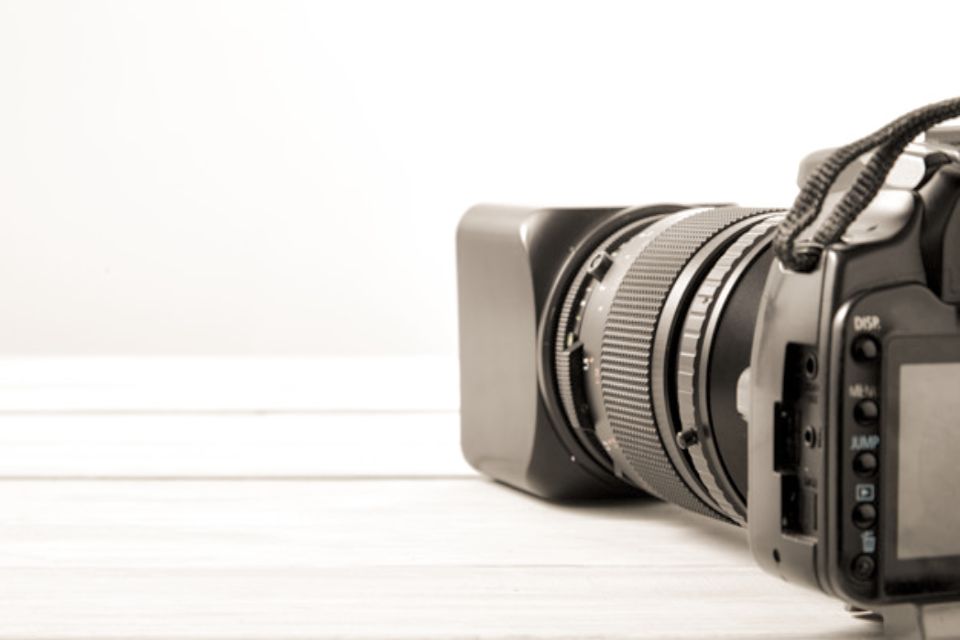
The longer battery life, versatility, wide range of varieties, great ergonomics, etc. have made DSLR the first choice both for amateurs and professionals.
If you can invest a little time to learn the setting, you will be able to capture really standard-quality images. If not, no worries. The automatic mode is also good enough.
Considering the flexibility of a DSLR, anybody can master the necessary settings within a very short period. Moreover, the optical viewfinder is a big plus point as it allows you to view scenes even in very low or bright light.
Mirrorless Cameras
In contrast with DSLR cameras, there are mirrorless ones that have no mirrors inside. And unlike the DSLR, they consist of an electronic viewfinder.
Mirrorless cameras are popularly known as Hybrid cameras. They are the most voguish of recent times.
Mirrorless cameras are less heavy and smaller in size than DSLRs. But the performances are more or less similar. Though the DSLRs have more options for interchangeable lens choices. In most cases, mirrorless or hybrid cameras have not less than twenty megapixels, which is quite enough for most photographers. Besides, you will find some models with full-frame sizes and sensors.
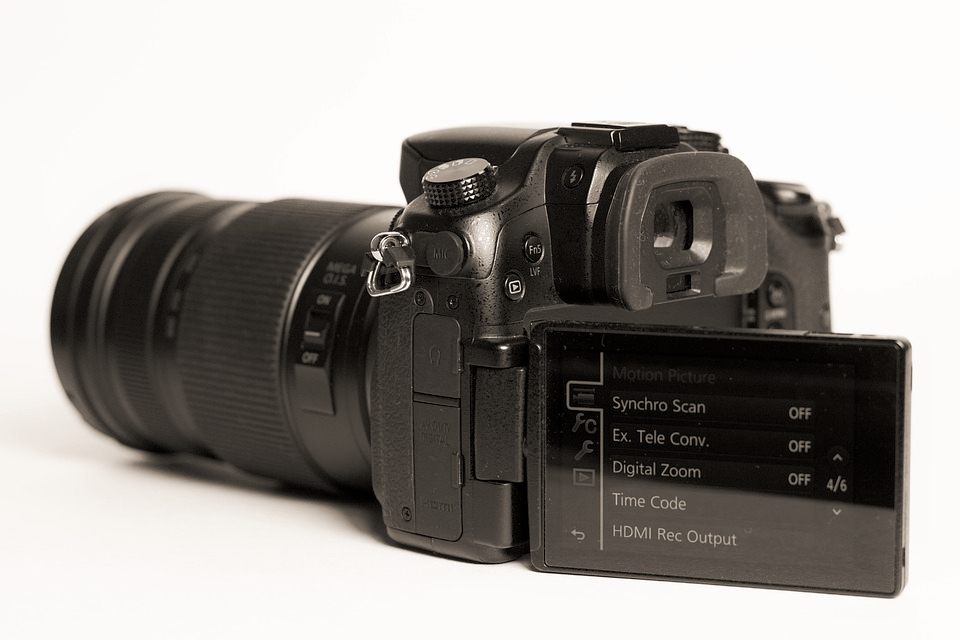
However, as they are lighter than the DSLR, they can be your perfect gear if you travel a lot. The only problem lies with the battery life as it doesn’t last that long. However, with a reasonable price range, mirrorless cameras offer you quite satisfying image quality. Besides, the lightweight, small features made them more and more appealing. As a result, mirrorless or hybrid cameras are considered the future of photography.
Point and Shoot Cameras
These are considered the best buddies for travelers. With a minimal weight of 200-400 grams, point-and-shoot cameras easily fit into your pocket. Also known as compact cameras, point-and-shoot cameras have a single lens option that is fixed. Of course, it does not fit the requirements of everyone with a fixed lens. But if you consider the super-portable size along with an above-average quality device, you can go for it.
Earlier, point-and-shoot cameras had small sensors and low speeds. At that time, it was pretty challenging to capture quality images under low light. But those days have changed. Recently there are a lot more advancements in compact cameras. They come with larger sensors, standard-quality lenses, and pretty good speed as well.
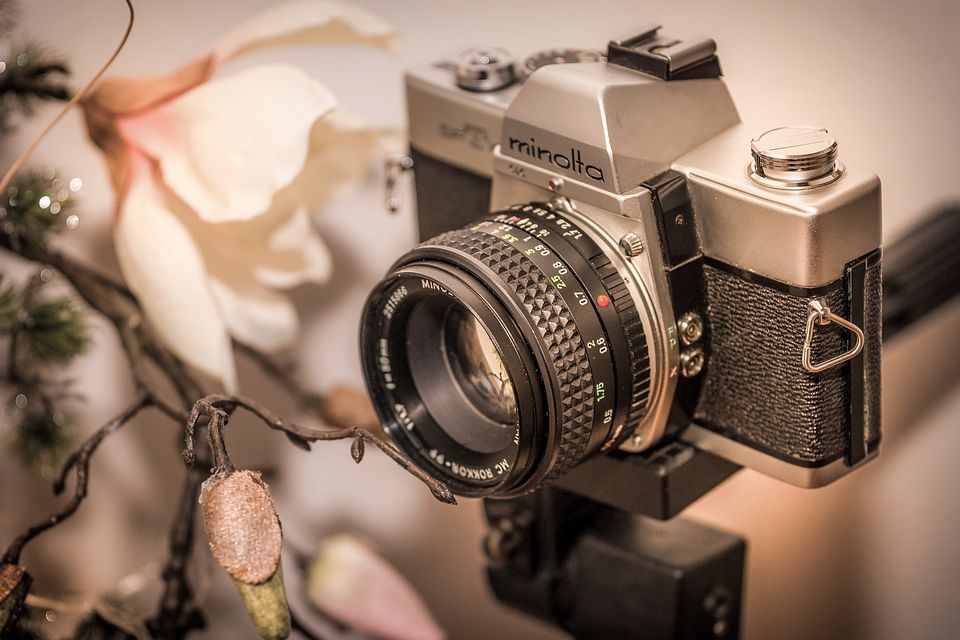
The great benefit of investing in a point-and-shoot camera is that it will not cost you more. It differs from a good quality smartphone camera in the feature of a wide range of zoom options. However, as these are the cheapest cameras, don’t expect too many extra special features and controls like the high-end professional ones.
If you are a hobbyist photographer without much expectation, this can be a good pick for you.
Action Cameras
Action cameras are basically tailored for adventurous photography or sports photography. This is an ideal choice for extreme sports and holidays. They are small in size and mountable in the feature. Action cams are mainly used for capturing videos. But you can also use them to take stills.
Recently the features of action cams have evolved a lot. But still, they cannot be considered as an alternative to a proper camera. They have very limited settings with a lot of restrictions.
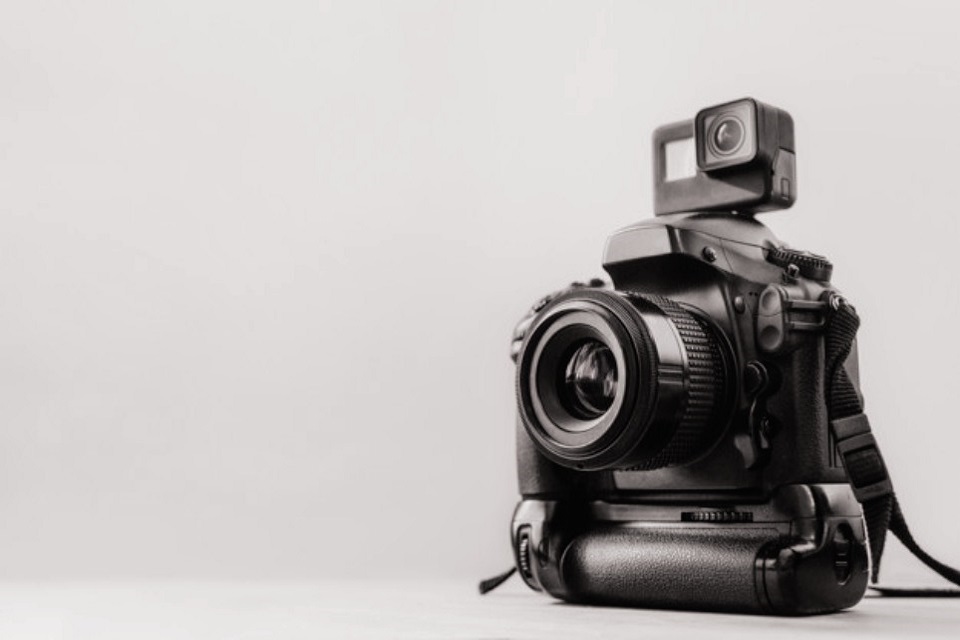
In those places where it is difficult to carry a primary camera like a DSLR, action cameras are pretty useful options. For example, taking videos or images from your bike front. Otherwise, it doesn’t help much if you are an advanced photography enthusiast. But if you are looking for a mountable camera which you can easily set on anywhere on your body or even on your helmet, what can be a better option? Besides, an action cam features a waterproof formula with Bluetooth and Wi-Fi facilities.
Bridge Cameras
These are the cameras that offer both the DSLR performance and the comfort of a compact camera. They are smaller in size than the DSLRs but bigger in size than compact cameras. So, it is perfect for those who want a mid-level camera in between DSLR and compact.
Bridge cameras consist of a single integrated lens, not an interchangeable one. It is not as bulky as a full-fledged DSLR. It is pretty popular among photography enthusiasts because it offers a long-range zooming option. If you are comfortable with the fixed lens option, you can choose this.

Bridge cameras also provide complete manual controls. It features an in-built viewfinder as well. So, it offers better image quality than point-and-shoot cameras with a larger sensor than those. Just like the name, it literally bridges the gap between DSLRs and point-and-shoot/compact cameras. The vast zoom lenses are often called mega zoom, superzoom, or ultrazoom.
Things to Consider When Choosing a Camera
As there are countless features in the cameras, it is intimidating for a new buyer to understand all the components thoroughly. Well, there is no need, as well. Not all the features are equally effective while using a camera. There are a few prominent features that must be looked for when you choose a camera.
Let’s have a look.
Budget
The primary thing to consider is the budget. Considering your price range, you can look for the cameras available in that range.
A friendly suggestion for you is that don’t fall for loads of features. They will only make you spend some more bucks. You are never going to use all of those. Instead, focus on your requirements and pick an ideal one. Always remember that your camera should be cost-effective. The money you spend should be worth the performance.
But spending too less is not a wise decision as well as most smartphones offer high-quality images nowadays. So try to spend around $500-$1000 for a quality camera with smarter and more convincing features than your cell phone.
Megapixel
There is a popular myth that more megapixels ensure better quality. This is not true at all. A point-and-shoot camera with more pixels can never compete with a DSLR having a much larger and full-frame sensor. Because the size of the sensor is the deciding factor in image quality instead of pixel numbers.

But a high-resolution camera definitely has its own benefits. You can always make a detailed and sharp print of your photograph by cropping it if required, without affecting the image quality.
But megapixels should not be the only thing to judge when choosing a camera. Any camera of about 20 megapixels or more will be a good selection.
Sensor
The next on the list to consider is the sensor. It is the replacement for old films. You should always go for a larger sensor to have the best outcome in low-lighting situations and high-contrast conditions.
However, for beginners, the sensor size doesn’t matter much. But for a professional level photographer, a full-frame or an APS-C sensor camera would be a great choice. APS-C sensors also increase the focal length of the lens to a great extent.
So, you can easily shoot for remote objects. At the same time, you don’t need to worry about image quality as a bigger sensor always produces pretty good images.
Lens
If you ask me how to choose a camera out of so many variations, I will probably suggest looking for a quality lens. This is a crucial factor in buying a good camera. If you go for interchangeable lenses, that would be the best. Because you can change lenses as per the demand of the situation. So, choose a quality lens to utilize your creativity. There are so many options available in the field of interchangeable lenses.
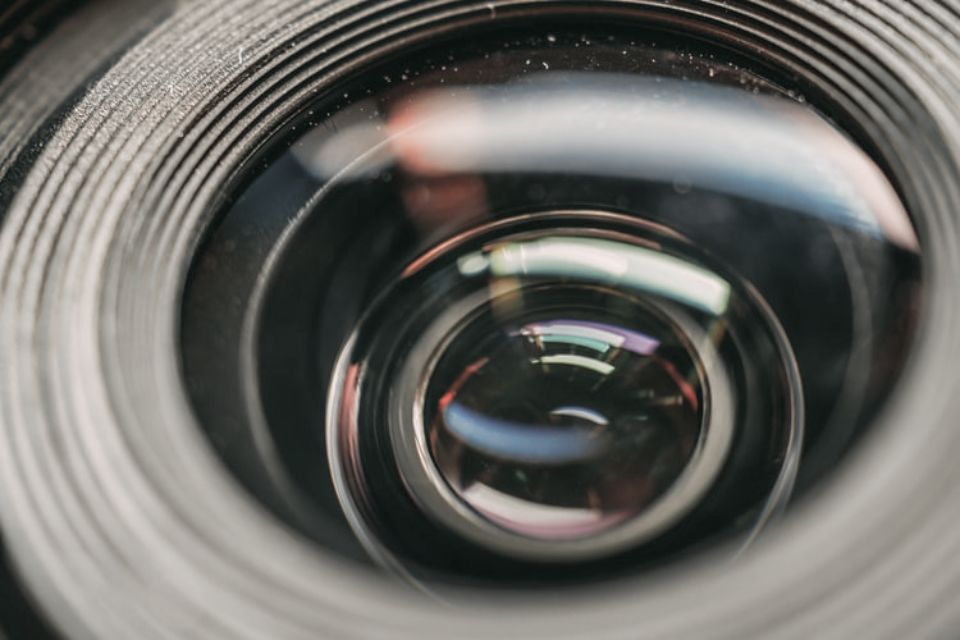
However, if you want to avoid the risk of changing lenses frequently, go for a fixed-lens camera. Also, you must decide what types of lenses you want to invest in. The first one offers a different focal length while the latter one has a fixed one.
ISO
After the sensor, the ISO comes automatically as it controls the light sensitivity of the sensor. If the ISO is high, the sensor sensitivity will increase. That’s how you will be able to capture images even in the dark without the flash.
Generally, a camera with an ISO of at least 1600 is a considerable option. But the problem is the higher the ISO, the grainier the images are. Because there is more noise in the pictures taken at a high ISO. So consider buying a camera that can produce as many noise-free images as possible, even being captured at higher ISOs.
You can also compare the sample image qualities captured in different ISOs by your intended model. If you are not satisfied enough, there are a lot of other options as well.
Image Quality
A major concern while choosing a camera is image quality. You cannot really judge it unless you use it. So try to gather some ideas by reading the buyers’ reviews on sites like Amazon.
Image quality highly depends on the lens that you use. In the case of a fixed lens, you have no option. But in the case of interchangeable lenses, we would suggest you go for a prime lens. The kit lens that comes along with the camera is an average one. So, if you want industry-grade image quality, invest in lenses.
Video Quality
Another essential issue to take into consideration is video performance. Almost all digital cameras are capable of video shooting these days. Some of the models offer high-quality recording like 4K Ultra HD Resolution, time-lapse, recording at high speed, etc.
If you look forward to high video quality, you must consider some significant facts like frame rates, video resolution, image stabilization, duration of recording, external mic input, etc. But please note that if you record a high-quality video, you must have a powerful computer to edit it.
Autofocus
Autofocus is an important spec to look for, making the difference between an average and an excellent camera. If your camera fails to focus on the right thing, no matter how great your photograph is, it will fail to draw the viewers’ attention.
So, check the autofocus system carefully before buying a camera. Because proper focus can turn an average photograph into an eye-catching one. Conversely, a great photograph can turn into a mess if the focus is missed.
So, check the focus by focusing on something far and near. If the camera can accurately and promptly focus on the right point, that is the right photo gadget for you.
Viewfinder
DSLR cameras have optical viewfinders (OVF). But mirrorless cameras have electronic viewfinders (EVF). You should pick one that suits your preference. Optical viewfinders don’t use the battery life while presenting a crystal clear image of the future photograph.
On the other hand, electronic viewfinders let you zoom in and check the effects of the exposure, and all other information while shooting. We would recommend you, try both kinds of viewfinders at the store before buying.
Image Stabilization
This is a pretty vital feature to look for. As it reduces vibration and unsteadiness while shooting, the images are free from blur, even in limited light.
The high-end cameras and lenses have this mechanism input, which is software for eliminating shakiness from images. This is called Optical Image Stabilization, which functions way better than the digital image stabilizing system. This method is used mainly in DSLRs.
Mirrorless cameras use the IBIS or In-Body Image Stabilization method. For action cameras, Electronic Image Stabilization (EIS) method is followed.
Speed and Performance
Speed and performance is a crucial factors for any camera. If your camera has five frames per second speed, then it’s pretty good.
Usually, DSLR and mirrorless cameras are better in performance than compact ones. Some cameras advertise 10-20 fps, which sounds quite attractive. But what you need to decide is whether you actually need it or not. If not, don’t just rush towards it, ignoring other extensive features.
Size and Ergonomics
This subject is often ignored when deciding to buy a camera. But you should not do so. Because if the device doesn’t fit in your hands, no matter how good it is, it’s not going to work out for you.
Unless you are comfortable with the size and weight, you cannot put all your thoughts and concentration into photography. So the physique of your camera does matter.
Also, you must have swift access to all the most used functions and menus. In short, the mechanism must be user-friendly. So, try before you buy as many models as possible.
Brand
Last but absolutely not least is the brand. There are numerous brands of cameras all over the world. But some brands are pretty well-recognized over the previous few decades. The users’ reviews are also good enough. Sony, Canon, Nikon, Panasonic, Fujifilm, etc. are some of these brands. Some other popular brands are arising over time.

Buying a good camera, depending on the brand value, will be wise. Because many non-branded products might attract you with some appealing features. But they ensure neither quality nor service warranty. Conversely, branded products have plenty of consumer reviews and expert reviews available. You can always check them. If any unwanted issues arise, you can approach the big brands for replacement. This is the reliability that the branded cameras offer.
Additional Features to Look for
Along with the previous speculations, you can check some extended features while picking a good camera.
Manual Mode
If you are a beginner, you can rely on the automatic/ semi-automatic mode. But a good camera must have a manual mode. Only then you can take complete control over the images.
Manual mode lets you set the ISO, aperture, and shutter speed according to your preferences. So, you can capture a picture as you wish it should be. That’s why to choose a camera with manual mode and learn the mechanism quickly.
Raw vs. JPEG
Most of the cameras capture images in JPEG format. Only some high-end devices, particularly with interchangeable lenses, offer to capture RAW images. Though the difference is not visible enough, RAW photos are the best for post-production. You can adjust the brightness, shadows, color, and whatnot.
However, a RAW image is way larger than a JPEG file. So, you must have plenty of space on your memory card.
Automatic Sensor Cleaning
This is a propitious feature that many cameras have. A mechanism called ultrasonic vibration is used to remove the dust from the sensor of the camera automatically. So, it would be great if your camera comes with this feature. Isn’t it?
But this feature doesn’t always work perfectly. So, check thoroughly before you go for it.
Wifi and GPS
In this internet-dominated world, modern cameras have built-in Wi-Fi privileges. You can wirelessly connect your camera to your phone and transfer images to upload them on social media like Facebook or Instagram right away. So, why not have such an amazing opportunity?
GPS, on the other hand, is not mandatory in most cases. Of course, it is great to remember where the pictures were taken, but it consumes a massive amount of battery. So, try not to use it if it is not necessary.
Water, Dust, and Shockproof
If you choose a camera that is waterproof, shockproof, and even dustproof, it will provide you with excellent service. It will especially be a great companion for your outdoor photoshoot.
There are some high-end cameras with such salient features. But always remember that if you decide to buy a waterproof camera, your lens should also have the same feature. Otherwise, it will not be resultant.
Final Word
Choosing the right camera is not as difficult as you think if you follow the right direction. We have tried to provide a widespread guideline about choosing cameras in this article. Now it’s your turn to determine your needs and find out the perfect gear for you.
Remember that no single camera is a perfect one. All have their own amenities and drawbacks. It mostly depends on your preferences. If you are a hobbyist photographer, your needs will differ from those of the professionals.
We hope you would be able to figure out which types of cameras serve your purpose the best by reading our comprehensive article on cameras.


